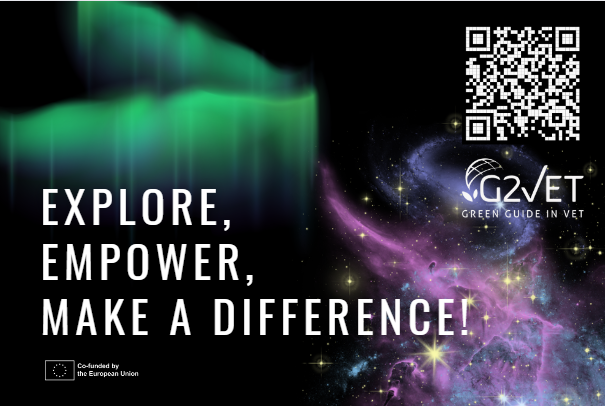Easter, the bunny and chocolate
Sweet treats in sight: Chocolate and Sustainability

Easter has left its chocolatey mark.
As one of the most important celebrations in the Christian calendar, Easter has developed a number of traditions and customs over the years that make it a special event. Every year, children look forward to searching for the colourful eggs hidden by the Easter Bunny. Along with Easter eggs, chocolate is one of the most popular Easter surprises these days.
This is an opportunity to reflect on this favourite treat, including my own, because behind it lies a less pleasant reality. Cocoa plants are thirsty and require a lot of land. Chocolate production consumes huge amounts of resources. Did you know that it takes 1953 litres of water to produce about 100 grams of chocolate? That’s the equivalent of about eleven bathtubs of water!
Add to this the often inhumane working conditions and child labour in the producing countries. But how are we supposed to enjoy our favourite treat in the light of these facts?
I will be more conscious and responsible about my chocolate consumption. In the future, I will enjoy organic and fair trade chocolate. Even if these products are a little more expensive, the pleasure of a chocolate with my tea after work is worth it.
Do you make sure that your chocolate consumption is sustainable? What are your experiences and tips on how to enjoy chocolate in a conscious and responsible way?
And this is something that we could discuss in the classroom, too: How can we, as consumers and future professionals, balance the enjoyment of traditional treats like Easter chocolate with the need for sustainable and ethical production practices in the confectionery industry?


An unexpected connection
Yesterday, 22 May, was the International Day for Biological Diversity, and in the awareness of the need to value and preserve the biodiversity of our planet, I also learnt something remarkable: without midges – no chocolate!
As a chocolate lover, this came as a surprise to me. How do these often perceived plagues have anything to do with my favourite sweet treat?
Small midges pollinate cocoa plants. Nature has cleverly constructed this interaction. Although tiny, the gall midge plays a crucial role. Its tiny legs are covered in pollen, which it carries from flower to flower, allowing pollination to take place. Without these insects, cocoa trees would have no fruit – no chocolate. It is fascinating how complex the relationships between plants and animals are. Each link is irreplaceable and deserves respect.
The next time I enjoy chocolate, I will think of the humble heroine who makes this pleasure possible – one more reason to appreciate and preserve the diversity of life.
https://en.wikipedia.org/wiki/Forcipomyia_squamipennis#Cacao_pollination